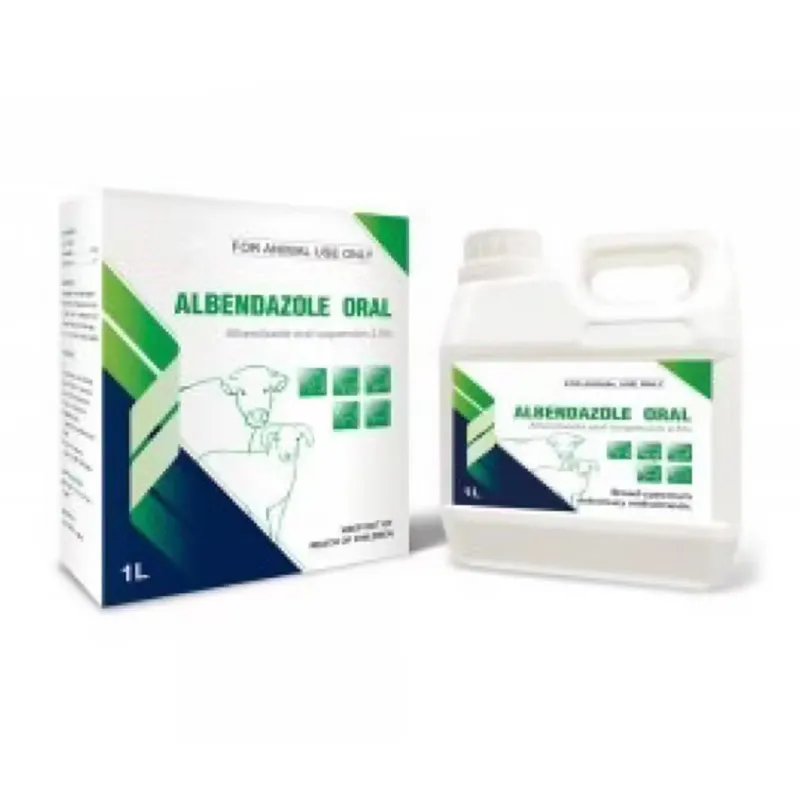- Afrikaans
- Albanian
- Amharic
- Arabic
- Armenian
- Azerbaijani
- Basque
- Belarusian
- Bengali
- Bosnian
- Bulgarian
- Catalan
- Cebuano
- Corsican
- Croatian
- Czech
- Danish
- Dutch
- English
- Esperanto
- Estonian
- Finnish
- French
- Frisian
- Galician
- Georgian
- German
- Greek
- Gujarati
- Haitian Creole
- hausa
- hawaiian
- Hebrew
- Hindi
- Miao
- Hungarian
- Icelandic
- igbo
- Indonesian
- irish
- Italian
- Japanese
- Javanese
- Kannada
- kazakh
- Khmer
- Rwandese
- Korean
- Kurdish
- Kyrgyz
- Lao
- Latin
- Latvian
- Lithuanian
- Luxembourgish
- Macedonian
- Malgashi
- Malay
- Malayalam
- Maltese
- Maori
- Marathi
- Mongolian
- Myanmar
- Nepali
- Norwegian
- Norwegian
- Occitan
- Pashto
- Persian
- Polish
- Portuguese
- Punjabi
- Romanian
- Russian
- Samoan
- Scottish Gaelic
- Serbian
- Sesotho
- Shona
- Sindhi
- Sinhala
- Slovak
- Slovenian
- Somali
- Spanish
- Sundanese
- Swahili
- Swedish
- Tagalog
- Tajik
- Tamil
- Tatar
- Telugu
- Thai
- Turkish
- Turkmen
- Ukrainian
- Urdu
- Uighur
- Uzbek
- Vietnamese
- Welsh
- Bantu
- Yiddish
- Yoruba
- Zulu
Қар . 10, 2024 11:29 Back to list
Doxycycline Hyclate Uses and Benefits for Managing Various Infections and Conditions
Doxycycline Hyclate A Comprehensive Overview
Doxycycline hyclate is a broad-spectrum antibiotic belonging to the tetracycline class that plays a pivotal role in treating various bacterial infections. Discovered in the late 1950s, doxycycline has been widely used in both human medicine and veterinary applications. This article delves into its pharmacological properties, therapeutic uses, side effects, dosage forms, and essential considerations for its use.
Pharmacological Properties
Doxycycline hyclate is a semi-synthetic derivative of oxytetracycline. It exhibits bacteriostatic activity by inhibiting protein synthesis in susceptible bacteria. This process occurs through the binding of doxycycline to the 30S ribosomal subunit, effectively halting the growth and reproduction of bacteria. Doxycycline has a broad spectrum of activity against gram-positive and gram-negative bacteria, as well as certain protozoa, making it versatile in treating a range of infections.
One of the significant advantages of doxycycline is its pharmacokinetic profile. It has excellent oral bioavailability, making it a preferred choice for outpatient therapy. Doxycycline is also characterized by a longer half-life, allowing for once or twice-daily dosing in most cases, which enhances adherence to the treatment regimen.
Therapeutic Uses
Doxycycline is indicated for various medical conditions, including
1. Respiratory Infections Doxycycline is effective against respiratory pathogens such as Streptococcus pneumoniae and Haemophilus influenzae, providing an option for treating community-acquired pneumonia or bronchitis.
2. Skin Infections It is commonly used to treat acne vulgaris due to its anti-inflammatory properties and its ability to reduce propionibacterium acnes, a key contributor to acne development.
3. Sexually Transmitted Infections Doxycycline can be employed to treat infections such as chlamydia and syphilis, particularly in individuals with penicillin allergies.
4. Tick-borne Diseases It is the drug of choice for treating diseases like Lyme disease and Rocky Mountain spotted fever, given its effectiveness against the bacteria transmitted by ticks.
doxy cycline hyclate

Side Effects
Like all medications, doxycycline hyclate has potential side effects, which may include
- Gastrointestinal Disturbances Nausea, vomiting, diarrhea, and abdominal discomfort are common side effects, particularly when taken without food.
- Photosensitivity Patients may experience increased sensitivity to sunlight, leading to an elevated risk of sunburns. It’s essential for patients to take precautions when outdoors.
- Esophageal Irritation Doxycycline can cause irritation of the esophagus, so it’s advisable to consume the medication with sufficient water and remain upright for at least 30 minutes post-ingestion.
- Allergic Reactions Though rare, some individuals may experience an allergic response, manifesting as skin rashes, hives, or swelling.
Dosage Forms
Doxycycline hyclate is available in various formulations, including capsules, tablets, and intravenous forms. The choice of formulation and dosage depends on the severity of the infection, the patient's age, renal function, and other clinical considerations. Physicians typically initiate treatment with a higher loading dose, followed by a maintenance dose, ensuring effective management of the infection.
Considerations
Doxycycline should be used with caution in certain populations. Children under the age of eight and pregnant women are generally advised against using tetracyclines due to potential adverse effects on bone development and teeth coloration. Additionally, co-administration with antacids, iron supplements, or dairy products can reduce the absorption of doxycycline, necessitating careful timing of administration.
Conclusion
Doxycycline hyclate remains a critical player in the antibiotic arsenal against a wide array of infections. Its effectiveness, versatility, and good safety profile make it a valuable choice for clinicians. However, like any medication, careful consideration must be given to potential side effects and contraindications to ensure optimal patient care. Through proper use, doxycycline can significantly contribute to addressing the global challenge of bacterial infections.
-
Guide to Oxytetracycline Injection
NewsMar.27,2025
-
Guide to Colistin Sulphate
NewsMar.27,2025
-
Gentamicin Sulfate: Uses, Price, And Key Information
NewsMar.27,2025
-
Enrofloxacin Injection: Uses, Price, And Supplier Information
NewsMar.27,2025
-
Dexamethasone Sodium Phosphate Injection: Uses, Price, And Key Information
NewsMar.27,2025
-
Albendazole Tablet: Uses, Dosage, Cost, And Key Information
NewsMar.27,2025













